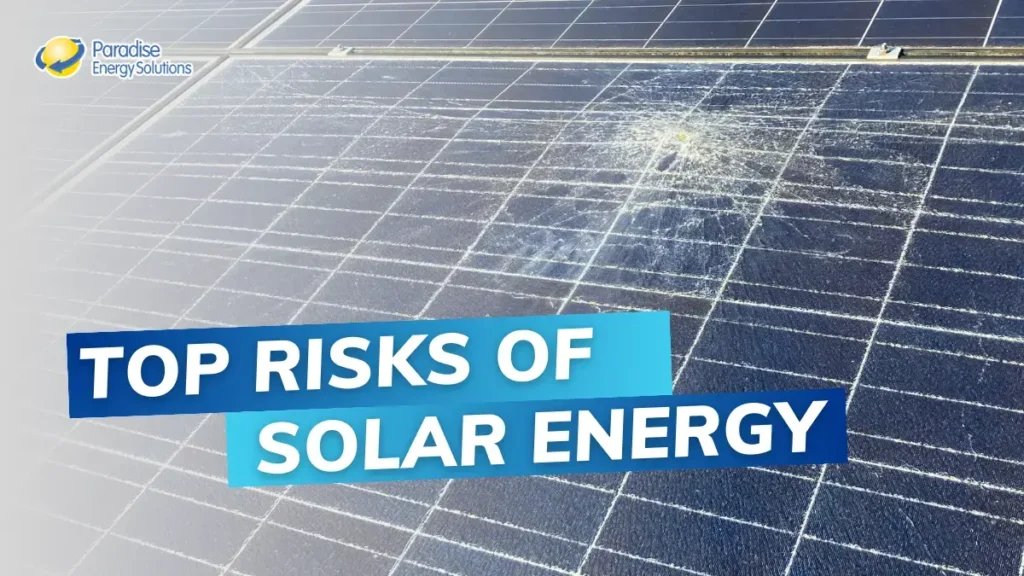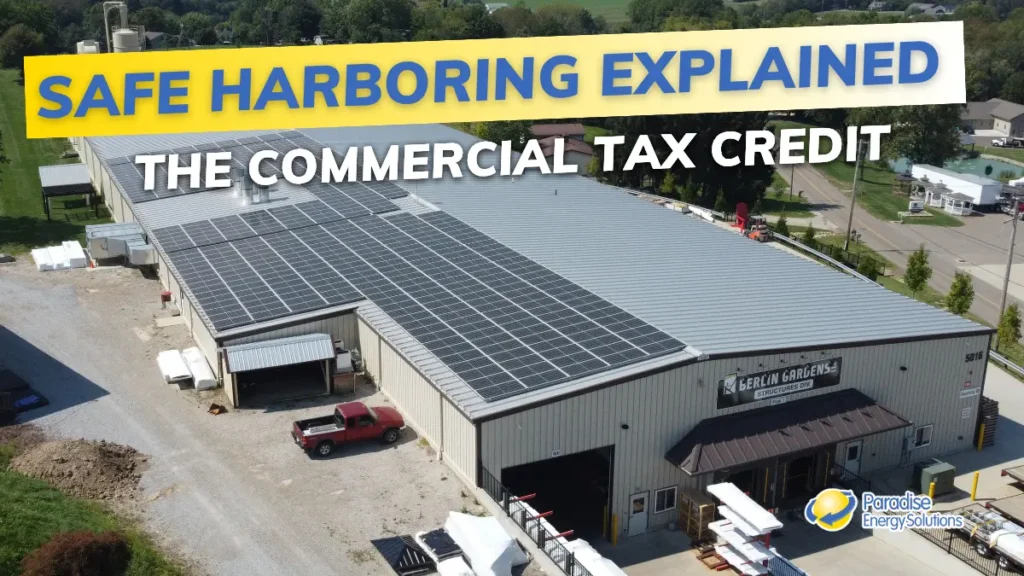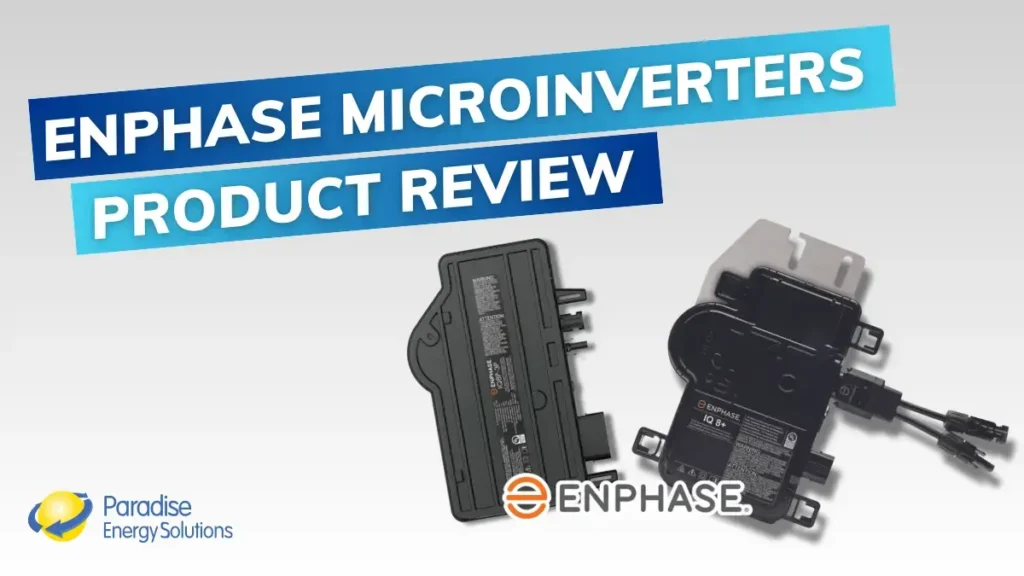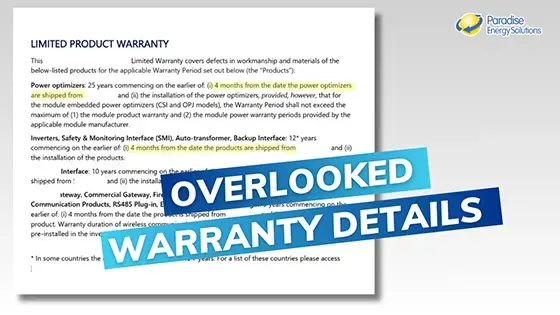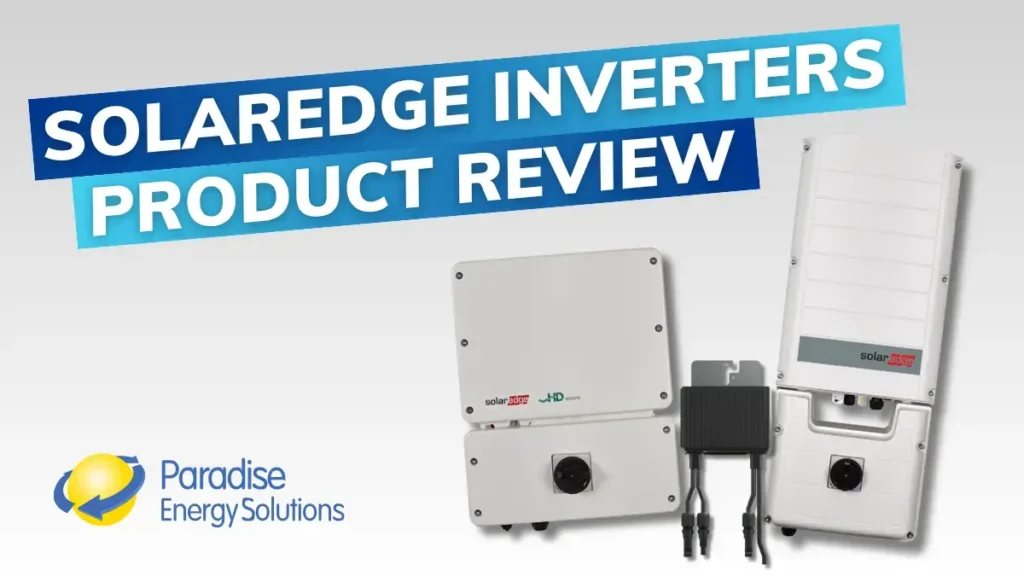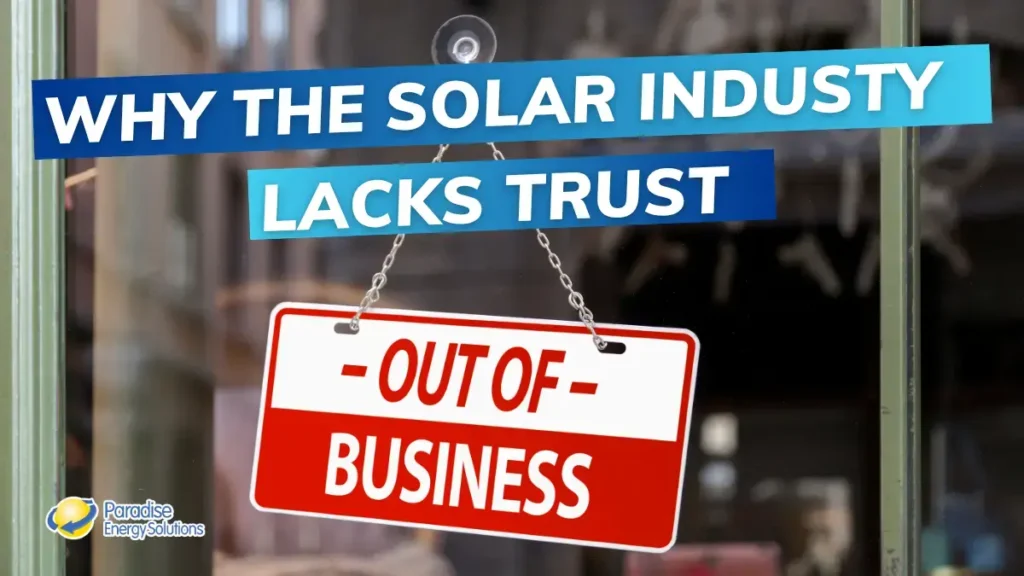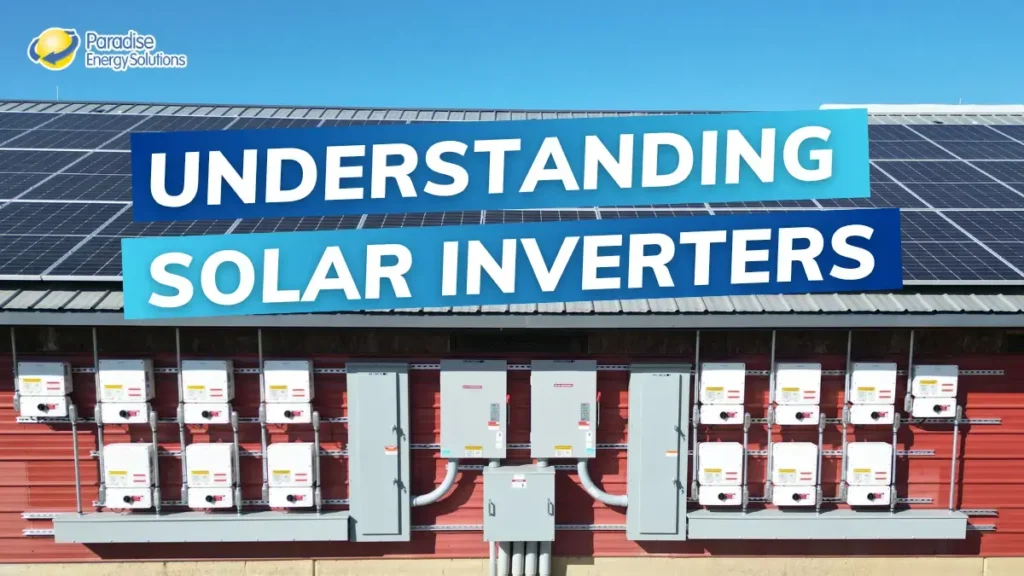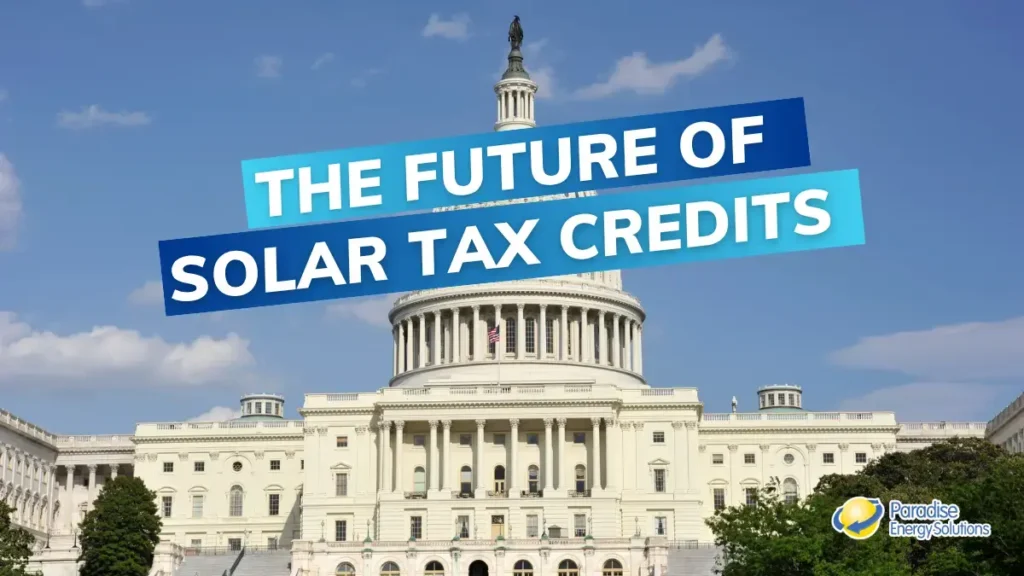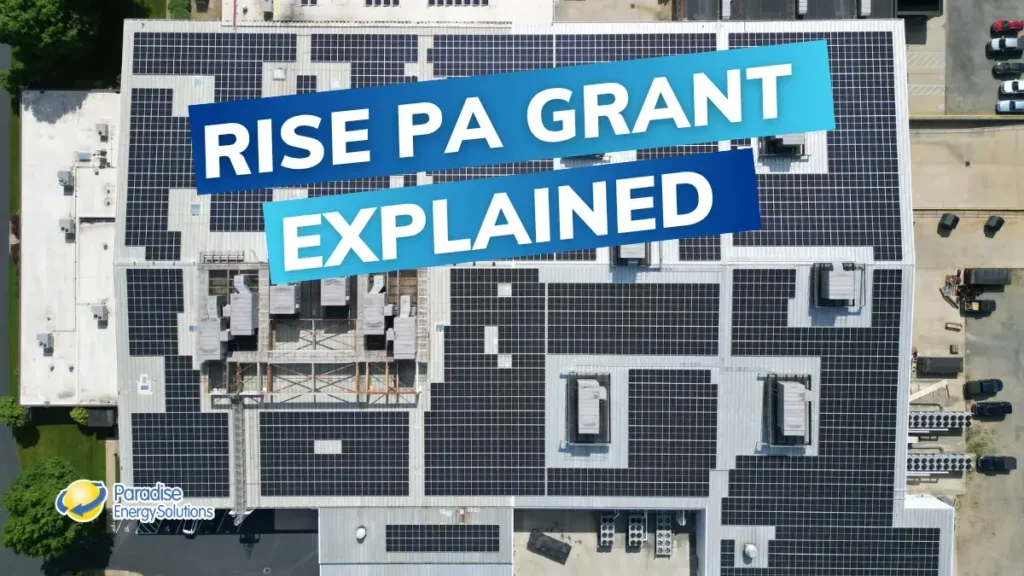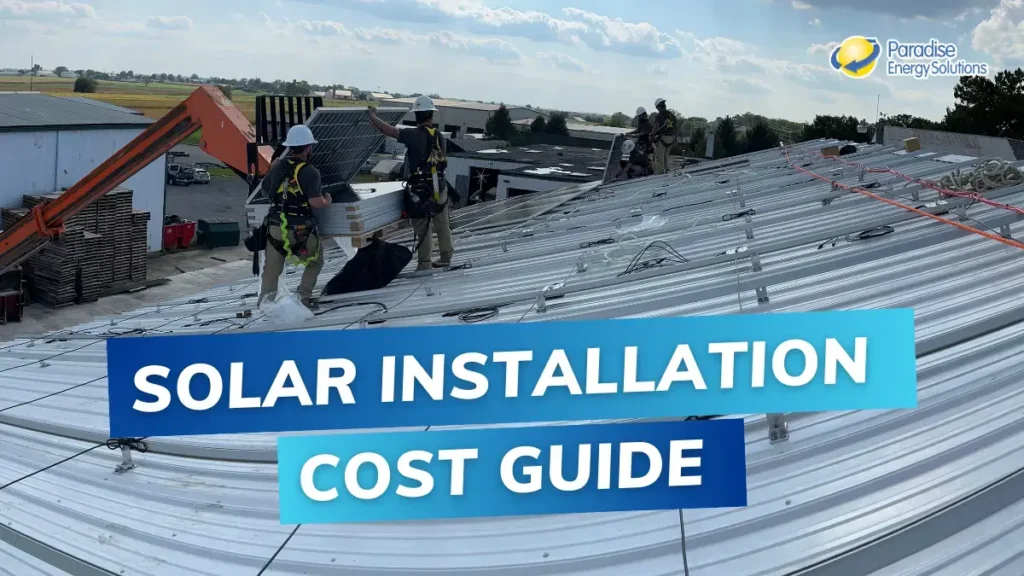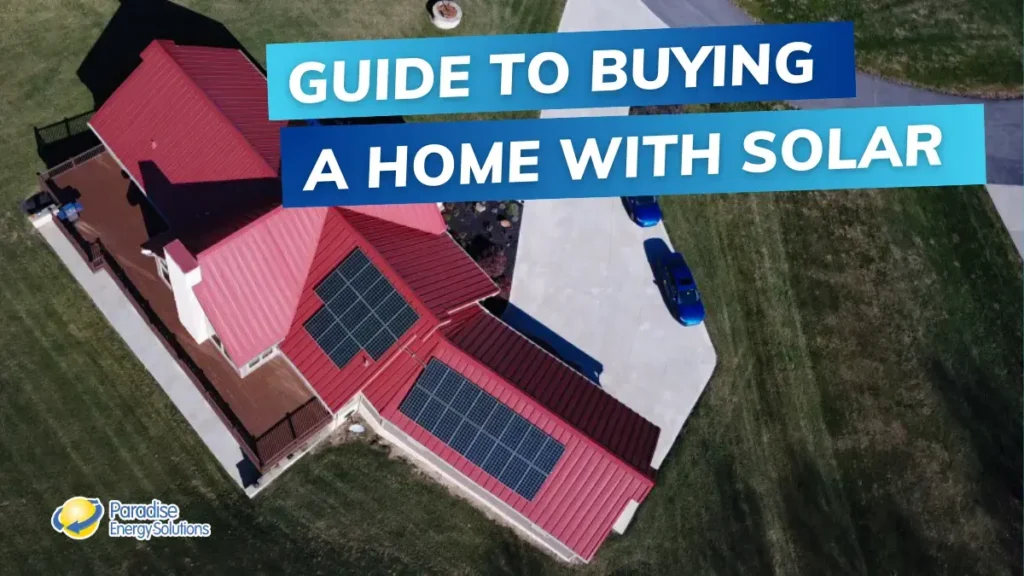All investments have some level of risk and a potential reward. Any savvy investor needs to have a thorough understanding of both before making a decision on whether or not to pursue the opportunity.
Solar is not an exception to this. While solar is one of the safest investments you can make, there are still some risks. That may sound strange coming from a solar installation company that’s supposed to be convincing you to go solar. But we believe that as a potential solar owner, you deserve to know what these risks are before making the decision.
Here’s an honest look at six potential risks to solar ownership, along with tips to help mitigate these risks.
The Top Risks of Owning A Solar Energy System
Risk 1: Changing Regulations: Losing Net Metering or SRECs
The federal and some local governments incentivize the installation of solar with tax credits and rebates that reduce installations costs. Some state and local governments also implement long-term regulations that enhance solar investments, like net metering and SRECs (Solar Renewable Energy Certificates).
If you live in an area that has these solar-friendly programs, there is always a risk that they get rolled back or canceled. To understand how much losing net metering or SRECs would hurt your solar investment, we’ll take a quick look into what both regulations offer solar owners.
First, we’ll talk about net metering. Net metering is how the utility company compensates you for extra electricity generated by your grid-tied solar system. When your system produces more electricity than you’re currently using, the excess electricity is transferred onto the grid.
Because this is electricity your solar system produced, the utility company needs to compensate you for it. In areas where net metering is required (check out the map below), you’ll be compensated at a one-to-one rate equal to the retail rate for electricity. Each kilowatt-hour (kWh) of electricity you upload to the grid earns you a credit for one kilowatt-hour to pull off the grid when you need it.
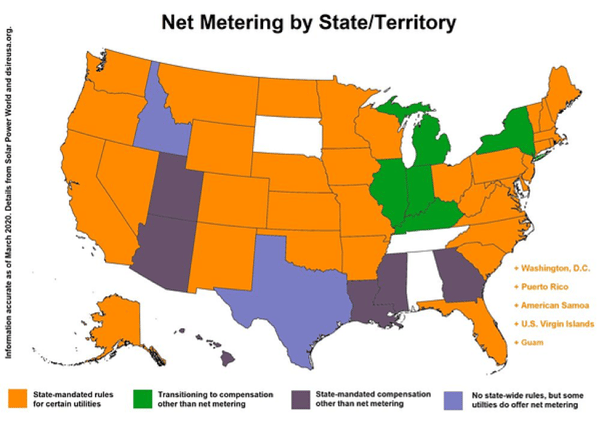 In states where net metering or other energy generation compensation exists, solar producers will be credited the wholesale rate. The wholesale rate only factors in the generation cost of electricity, so you won’t be receiving that one-for-one credit, meaning you’ll earn less per kWh of solar energy.
In states where net metering or other energy generation compensation exists, solar producers will be credited the wholesale rate. The wholesale rate only factors in the generation cost of electricity, so you won’t be receiving that one-for-one credit, meaning you’ll earn less per kWh of solar energy.
While net metering remains safe in most states, there’s a chance it could eventually go away (i.e. New York recently transitioned to a value stack program). However, existing solar systems may be grandfathered into net metering, so if you install solar while your state has the program, you’ll likely enjoy that benefit for the lifetime of your system.
SRECs are another solar-friendly regulation that help make your solar investment even more profitable. For every megawatt-hour (1,000 kWh) your solar system produces, you’ll earn one SREC. These credits can be sold to electricity providers on an open market in order for them to avoid their SACP (solar alternative compliance payment).
The amount of money you can earn from SRECs is based on supply and demand. Many states require a certain percentage of electricity to be produced by solar energy. The higher this percentage is, and the fewer SRECs there are available for purchase, the more each SREC will be worth.
If you live in a state with an SREC market (those states listed on the map below), changing regulations could close down the market, meaning you’d lose out on this portion of extra income from your solar system.
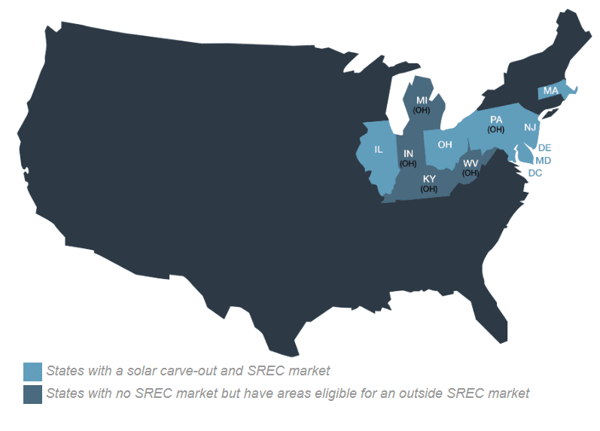 Risk 2: Electric Prices Stagnating, or Worse, Getting Cheaper
Risk 2: Electric Prices Stagnating, or Worse, Getting Cheaper
Solar systems earn you money by replacing the electricity you’d buy from the utility with free electricity you generate on your own. As electric rates increase, so too does the amount of money your solar system is saving you.
It’s relatively safe to assume that electric rates will continue to rise as demand for electricity increases and with typical inflation. However, what you paid to install your solar system won’t change, so the money you save will increase along with the electric rate. When you take a look at the payback and ROI of your solar system on a quote or proposal, it’ll likely be factored based on the expected inflation rate of electricity. At Paradise Energy, we will show your potential electric savings at 0%, 2%, and 4% inflation rates.
However, no one can predict the future perfectly. If electric rates stagnate, you won’t be saving as much money as you may have expected. If they decline, you’ll be saving even less. This is a small risk you’ll be taking when installing solar.
Risk 3: Partnering with an Underperforming Installer
Solar system components are built to last, and the manufacturer backs this up with solid guarantees and warranties for panels and inverters. Some solar panels even come with warranties that last up to 30 years. However, your solar system is only going to be as good as the team that designs and installs it.
A solar system is a big investment, and you want to be sure you’re partnering with a company that delivers quality workmanship and is in business long enough to stand behind the work that they do.
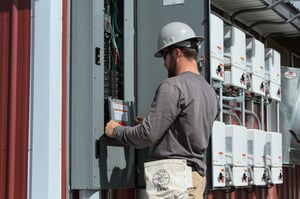 There’s always an element of risk when choosing any company to complete a service. You could be partnering with a company without enough experience or a company that values the bottom line over doing a good job.
There’s always an element of risk when choosing any company to complete a service. You could be partnering with a company without enough experience or a company that values the bottom line over doing a good job.
A poorly designed system could result in lost production, costing you a good deal of money over the lifespan of your system. A poorly installed system could even be dangerous if the electrical work is done incorrectly. However, there are steps you can take to mitigate that risk to ensure you end up with a solar installer that delivers a high-quality, well-installed system that will last for decades.
From assessing online reviews (Google, Facebook, and SolarReviews.com are good starting points) and the company’s mission and values, you can learn a lot about what they put first. Take a look at their team, the certifications their team has, and their projects and longevity as a company to get a feeling for how experienced and committed to excellence they are.
Lastly, look to see if they offer any warranties in addition to manufacturer warranties. Workmanship and production warranties take an enormous amount of risk off the solar owner (check out our Triple Ten Guarantee). Afterall, even the best of us have off days and all humans can make mistakes. It’s what your solar installer does after the mistake is made that’s really important.
Here’s a deeper dive into the 5 areas to look at when choosing a solar installer for your project,
Risk 4: Damage to Your Roof
We want to preface this by saying a properly installed solar system should not cause roof damage or cause your roof to leak. However, there’s a small element of risk you should be aware of. Whether due to a poor installation job or faulty equipment, things can happen that may cause damage to your building’s roof.
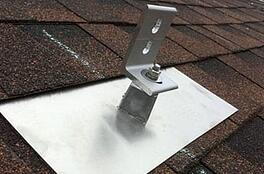 With the exception of standing-seam metal roofs and flat roofs, penetrations in the roof itself will be required to mount and secure the panels and racking to your roof. These penetrations are often reinforced with flashing designed specifically to ensure your roof won’t leak.
With the exception of standing-seam metal roofs and flat roofs, penetrations in the roof itself will be required to mount and secure the panels and racking to your roof. These penetrations are often reinforced with flashing designed specifically to ensure your roof won’t leak.
This is one of the many reasons it’s important to partner with a reputable and experienced solar installer committed to doing things right the first time.
Risk 5: Spending More Money if your Roof Needs Replaced
Installing a new roof is never something home or business owners look forward to. That high bill can get even higher when a roof-mounted solar system is involved.
If you have solar panels on your roof, they will have to be removed before your new roof can be installed, and then reinstalled. This could run you a couple thousand dollars, depending on the size of your system.
To avoid this cost, it’s best to install solar panels on a newer roof that’s in a good condition, not one that is in the last half of its life. The good news is the solar system itself will help protect your new roof and make it last longer. These durable panels act as a shield, protecting your roof from rain, snow, and natural debris, keeping the roof below clean and dry.
And while solar systems can last 30 or more years, they won’t last forever. When they reach the end of their useful life and the system is decommissioned, they will have to come down, which will cost money.
Risk 6: Damage from Weather and Acts of God
Solar panels are durable, but they’re not invincible. By installing a solar system, you’re accepting the risk of them potentially being damaged in severe weather or accidents.
Solar panels come with comprehensive warranties that will protect your investment from reasonable weather damage. “Reasonable” is determined by lab testing by the manufacturer against wind speeds, hail size, and snow load, among others. Should your solar panels break under conditions that fall within their parameters, your warranty may cover the damaged equipment.
However, manufacturers won’t guarantee panels against massive hailstones, severe hurricane-force winds, fallen trees, or fires. For these instances, it’s best to have your solar panels covered under your property insurance, so you don’t have to take on the risk of potentially replacing your solar equipment should extreme weather or an act of God come your way.
The Risks of Installing Solar Energy
Installing a solar system is not without risks. While certain regulations may be in your favor now, such as net metering and SRECs, it’s possible this won’t always be the case. However, by installing solar before they’re done away with, you could be grandfathering your system in under these favorable policies.
It seems likely now that electricity rates will continue to rise, especially in the long run, however, there’s no way of perfectly predicting the future, and a decline in prices will mean your solar system saves you less money.
A risk you do have control over is partnering with a solar installer that will deliver a quality system built to last. They’ll ensure your roof stays intact and they’ll stand behind the work that they do. If you need to replace your roof, you’ll incur additional costs for removing and reinstalling your system. You may also need to repair or replace your system in the event of severe weather or an act of God.
However, solar still remains a relatively safe and stable investment that stands strong even during tough economic times because it turns an on-going expense into savings for your home or business.
If you would like to receive an honest quote with an accurate look at what a solar investment would look like for you, click the yellow “Get A Quote” button at the top of the page. If you’re not ready for a quote just yet, be sure to download your copy of our solar buying guide to make sure you’re in the driver seat of your solar investment.
